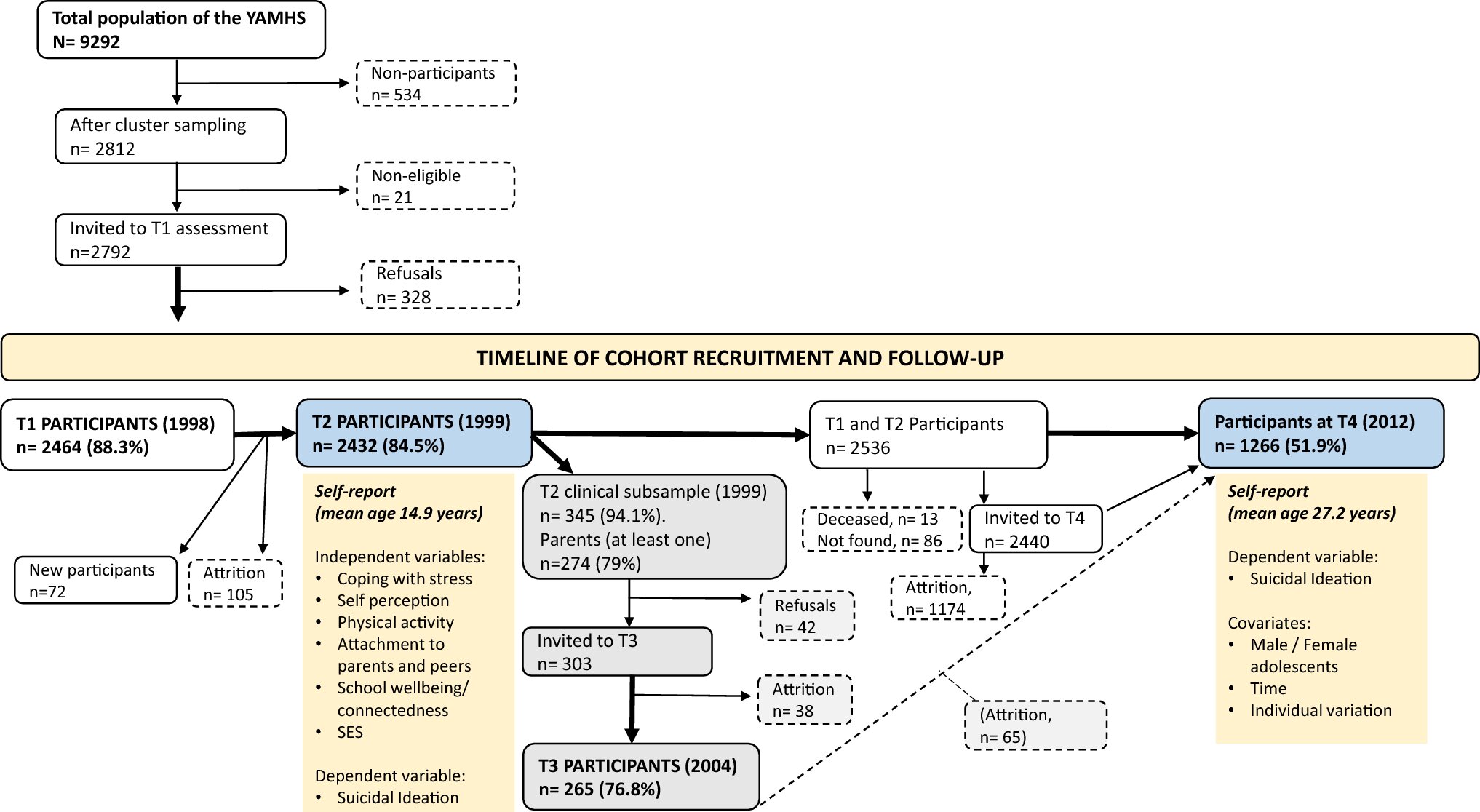The use of biologic and targeted therapies for children with juvenile idiopathic arthritis (JIA) surpassed more typical therapies in recent years, according to Rutgers Health researchers.
Their study, published in Arthritis & Rheumatology, examined more than 20 years of data from nearly 14,000 children with JIA throughout the nation.
According to the National Institutes of Health and previous research, juvenile idiopathic arthritis affects about 16 to 150 per 100,000 children in North America, causing chronic inflammation resulting in persistent joint pain, swelling and stiffness. Treatments for JIA aim to alleviate symptoms; normalize physical movement and growth; prevent long-term damage and vision loss; and maximize quality of life. According to researchers, many studies on antirheumatic drug utilization have focused on adults with arthritis than children with JIA.
“JIA can take a heavy toll on the lives of affected children and families,” said Daniel Horton, a faculty member at the Rutgers Center for Pharmacoepidemiology and Treatment Science (PETS) and a senior author of the study. “Fortunately, the therapeutic landscape has changed dramatically in recent years, and people with JIA have more potentially effective options for treatment.”
Researchers used data from privately insured people spanning the past two decades, enabling them to describe trends over a period of significant expansion in the availability of treatments for JIA. Newer disease-modifying antirheumatic drugs, while often more expensive, are frequently more effective and better tolerated by patients than older conventional agents.
“Our study provides insight into the evolving real-world treatment practices for children with JIA,” said Priyanka Yalamanchili, lead author of the study, PETS trainee and a recent graduate of Rutgers School of Public Health’s master’s degree program in epidemiology with a pharmacoepidemiology concentration.
Initiations of conventional therapies declined by more than 45%, increasingly eclipsed by the use of newer biologic or targeted therapies. Use of adalimumab, one of the most popular biologics on the market today, has risen steadily since its initial approval for rheumatoid arthritis in 2002, representing nearly 80% of first-line biologic or targeted therapies started for JIA by 2022.
“This research sets the stage for future studies that will compare the effectiveness and safety of different therapies used to treat JIA,” said Horton, an associate professor at Rutgers Robert Wood Johnson Medical School and Rutgers School of Public Health and the faculty director of the Rutgers Institute for Health Survey/Data Core, which provided access to the data studied.
This study will also be presented at the American College of Rheumatology Convergence on Saturday, Nov. 16, in Washington, D.C.


